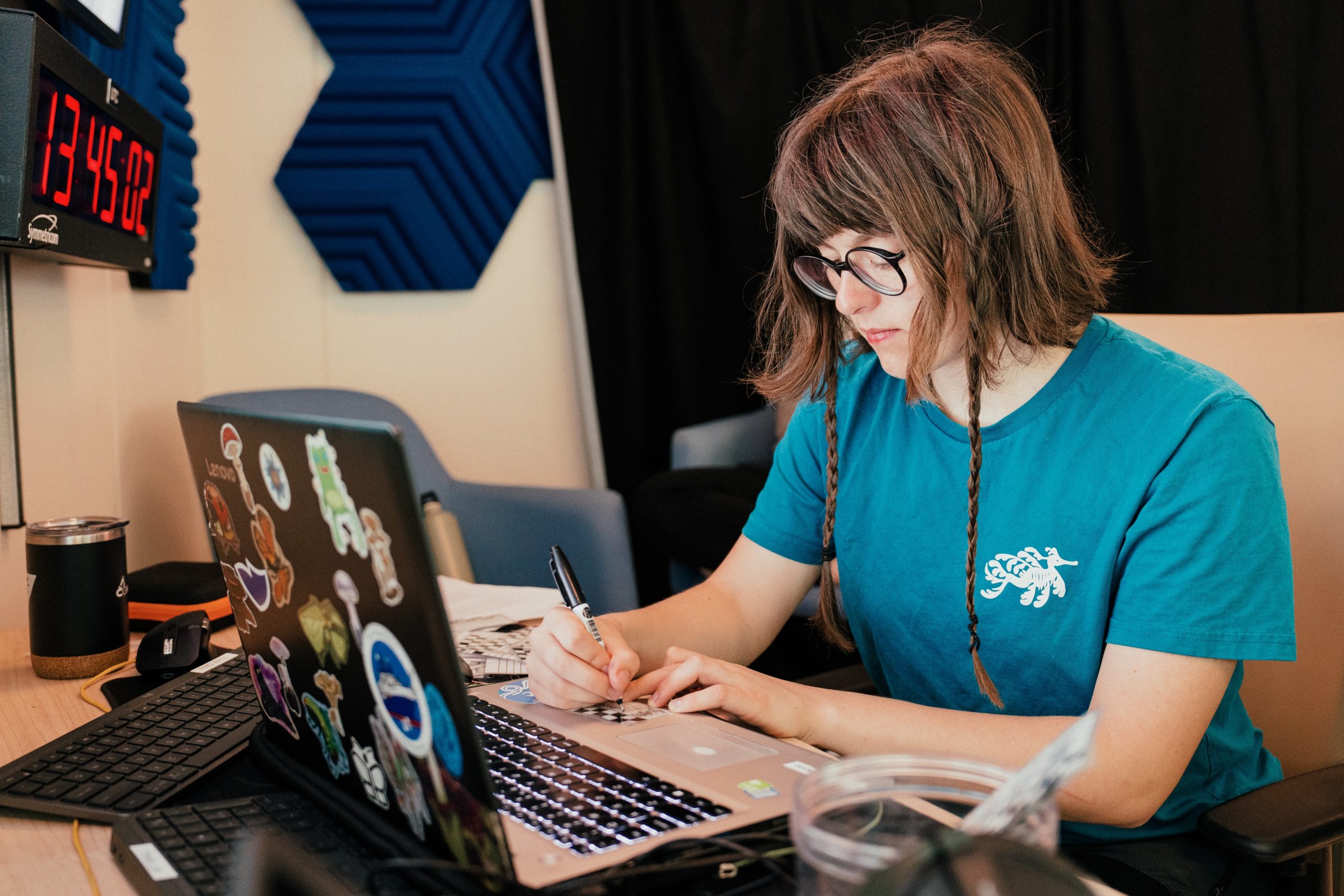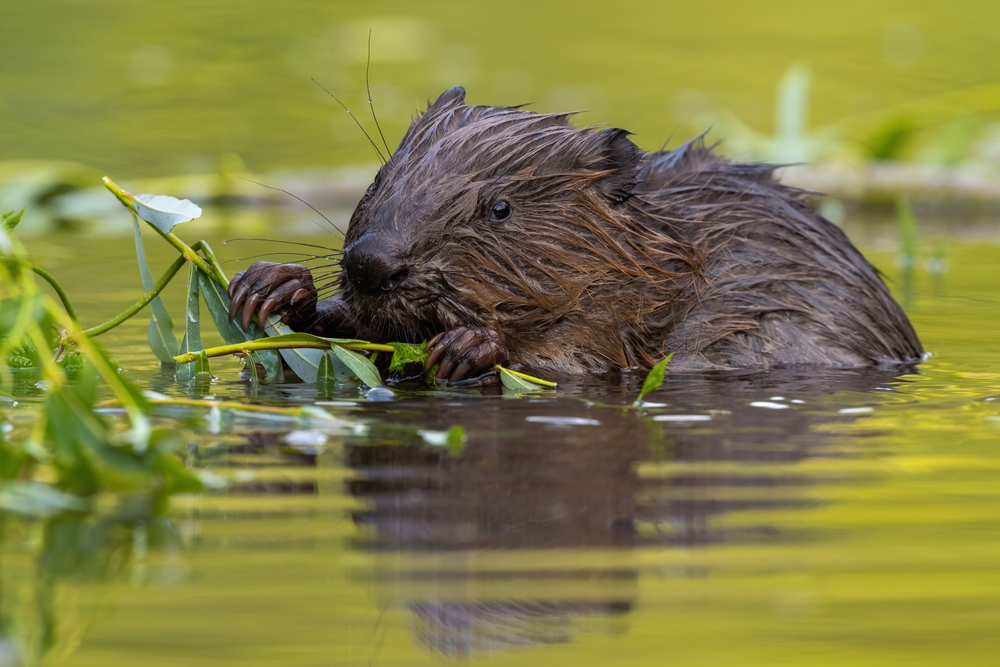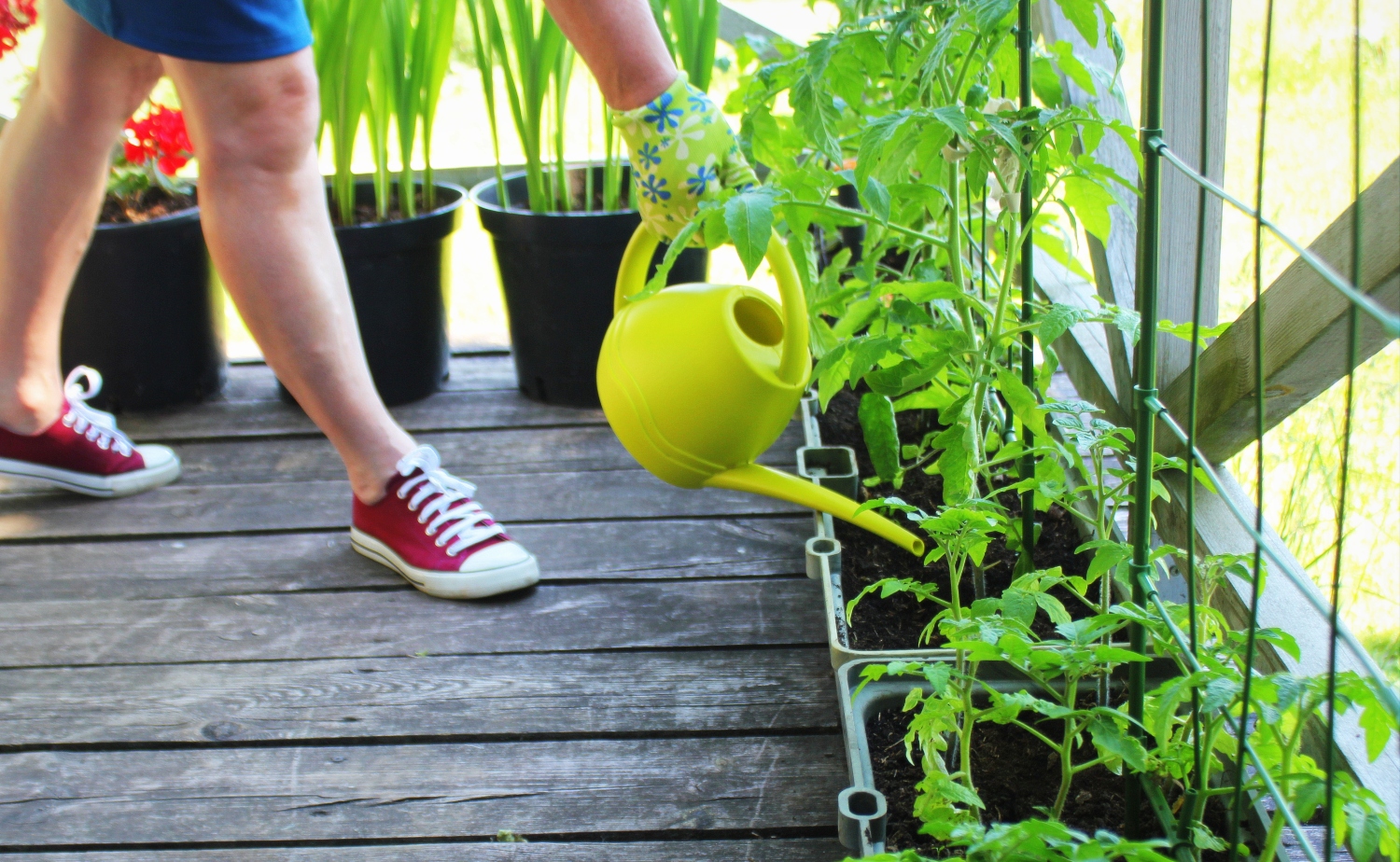Ecology student Rosanne Dodde joined a deep sea expedition in the Pacific Ocean for het internship. She was part of a research team that discovered some 150 new species in the submarine mountain ridge Salas y Gómez. She has returned to dry land, and shares her experiences in a video call from Chile.
The team discovered species ranging from deep-sea corals and Hexactinellid sponges to sea urchins and amphipods. ‘Mind-blowing’, the researchers commented in the press. Dodde: ‘We travelled with the Schmidt Ocean Institute’s research vessel Falkor (too) from the Chilean coast to Rapa Nui, also known as Easter Island, some four thousand kilometres. Along the way, we followed Salas y Gómez mountain ridge to take our readings. The whole trip took about 40 days. It was truly a unique experience.’
‘We used a diving robot to investigate life on the ocean floor. Not much research has been done on organisms living on the seabed in underwater mountain ranges in the Pacific,’ says Dodde. ‘Underwater mountains in open waters are home to many unique species. No one had ever visited the location of our expedition. We discovered underwater islands, and there were different species in every mountain range and at every depth.’
‘Over the course of two expeditions, one of which I joined, our team found over 150 species that are new to the scientific world’, she clarifies. ‘I often felt we could have discovered more species, but we reached the diving robot’s maximum capacity. There is much more to be discovered.’
Walking encyclopaedia
The diving robot, the size of a small car, was able to take samples at a maximum depth of 4.5 kilometres and was equipped with various gripper arms as well as vials in which to store the samples. ‘We worked in shifts in the ship’s control room. There, the pilots drove the robot and its arms while scientists and various experts were present. The entire expedition could be followed live, with commentary, through a divestream.
‘We monitored our depth and coordinates from the control room. Others were continuously taking notes of what was shown on the monitors, the species, genii or family they recognised. That helped us keep track of what sample was in which vial when the robot returned to the ship’, says Dodde, describing her work aboard the vessel. ‘The experts that were part of the expedition are walking encyclopaedia; they knew exactly what had already been seen and could identify potential new species rapidly. Now that we are back on land, we will analyse and document the collection.’
Identifying new species with certainty is difficult, Dodde admits. ‘You compare what you see with information from archives and what you know. Sometimes, a species is very similar to one that has already been documented but in a different colour, making it difficult to determine whether it is a new species. It is all about making choices.’
Barbieland
The research team was very local. ‘Over half of the team members were from Chile of Rapa Nui. There were only 4 Europeans and two Americans on board. We spoke English and Spanish, so I also learned quite a bit of Spanish’, she laughs.
The gender distribution within the team was also noteworthy. ‘It reminded me of the film Barbie. The lead researcher was female, as were many scientists, a large part of the communications team, several robotics experts and the head of the laboratory. It was like a Barbieland, full of smart, successful women.’

 Rosanne Dodde at work in the Mission Control Room. Photo Schmidt Ocean Institute by Misha Vallejo Prut
Rosanne Dodde at work in the Mission Control Room. Photo Schmidt Ocean Institute by Misha Vallejo Prut 

